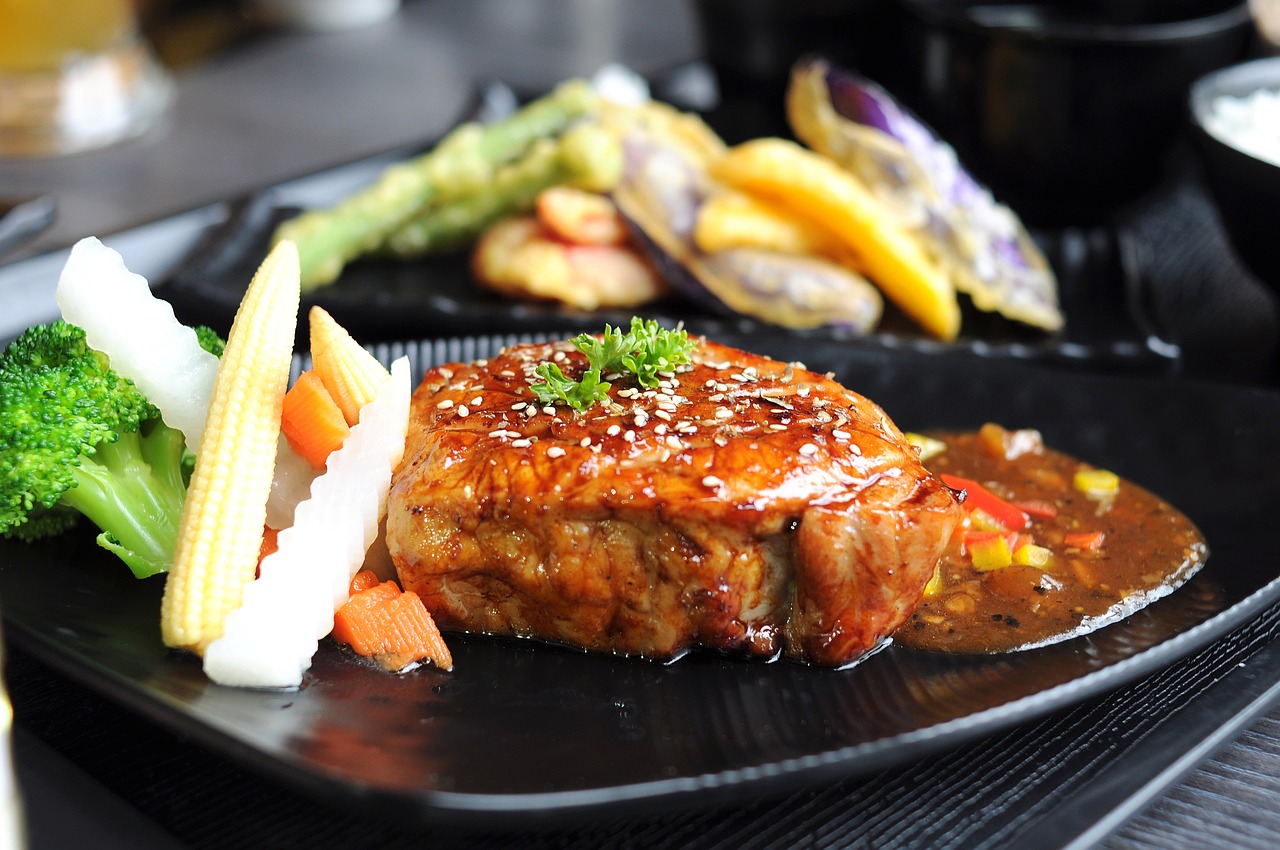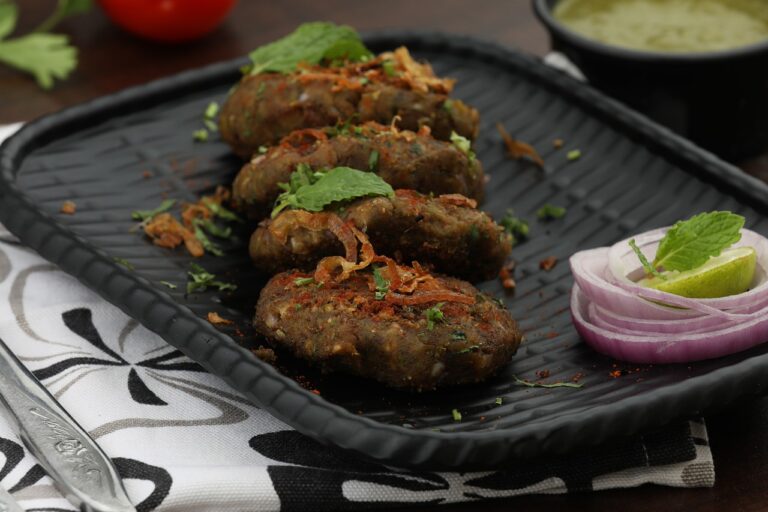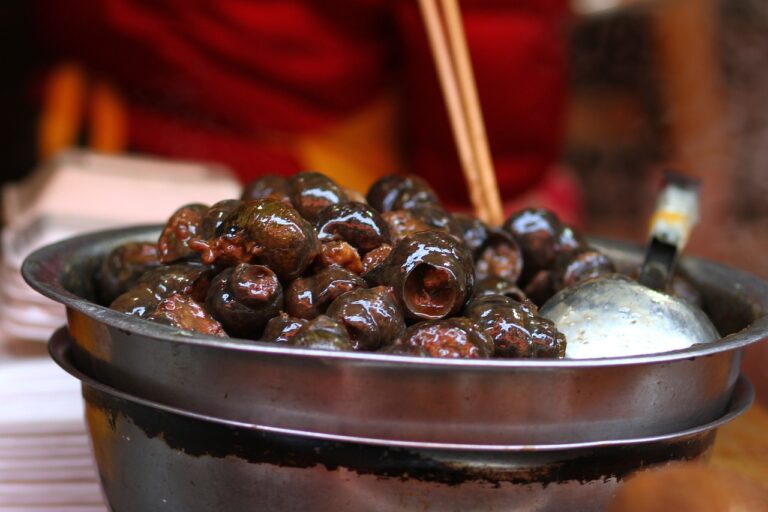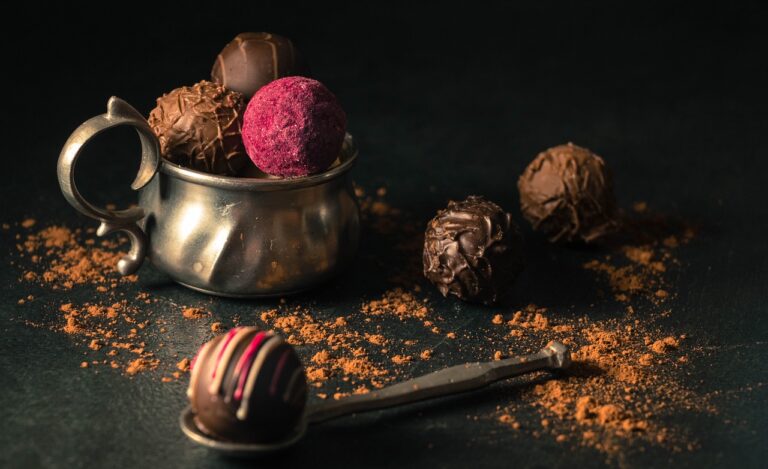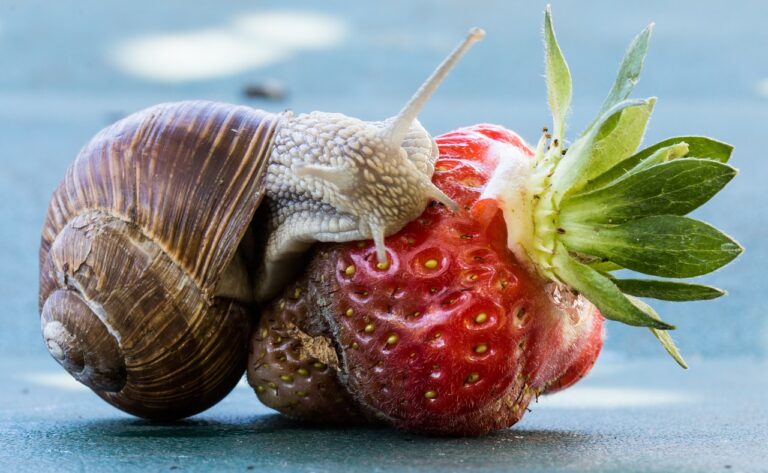The Art of Food Garnishing: Elevating Dishes with Decorative Flair
When it comes to creating beautiful food garnishes, it’s essential to consider both the aesthetic appeal and the flavors they bring to the dish. One tip to keep in mind is to choose garnishes that complement the flavors of the main ingredients. For example, if you’re preparing a citrus-based dish, a sprinkle of fresh herbs or a citrus twist can be a visually appealing and delicious addition.
Another tip is to play with different textures when creating garnishes. Mixing crunchy elements like toasted nuts or crispy fried onions with softer textures such as microgreens or edible flowers can add depth and interest to the presentation of your dish. By incorporating a variety of textures, you can elevate the overall look and feel of the meal, delighting both the eyes and the taste buds.
The Importance of Presentation in Food
When it comes to enjoying a meal, presentation plays a significant role in shaping our dining experience. The way a dish is presented can evoke feelings of excitement, anticipation, and even appreciation before the first bite. A beautifully presented plate not only enhances the overall dining experience but also reflects the care and effort put into preparing the meal.
In addition to stimulating the appetite, a well-presented dish can also communicate the chef’s creativity and attention to detail. The colors, shapes, and textures of the ingredients can create a visual feast that entices diners to indulge not only with their taste buds but also with their eyes. Presentation is an art form in the culinary world that can elevate a simple meal into a memorable dining experience.
• The way a dish is presented can evoke feelings of excitement, anticipation, and appreciation before the first bite.
• A beautifully presented plate enhances the overall dining experience and reflects care and effort put into preparing the meal.
• Well-presented dishes communicate the chef’s creativity and attention to detail.
• Colors, shapes, and textures of ingredients create a visual feast that entices diners to indulge with their eyes as well as their taste buds.
Types of Garnishes to Enhance Your Dishes
When it comes to enhancing the visual appeal of your dishes, garnishes play a crucial role. Fresh herbs such as parsley, basil, or cilantro can bring a pop of color and freshness to your plate. Citrus wedges, such as lemon or lime, not only add a vibrant touch but also provide a burst of flavor that complements your main dish.
Another way to elevate your dishes is by incorporating edible flowers like pansies, nasturtiums, or violets. These delicate blooms not only add a touch of elegance but also introduce subtle floral notes to your culinary creations. Additionally, using finely chopped nuts or seeds as garnishes can add texture and a hint of nuttiness to your dish, creating a well-rounded taste experience for your diners.
What are some tips for creating beautiful food garnishes?
Some tips for creating beautiful food garnishes include using fresh ingredients, experimenting with different shapes and textures, and considering the overall presentation of the dish.
Why is presentation important in food?
Presentation is important in food because it enhances the dining experience, entices the senses, and can make a dish more appealing and appetizing.
What are some types of garnishes that can enhance dishes?
Some types of garnishes that can enhance dishes include herbs, citrus zest, edible flowers, microgreens, nuts, seeds, sauces, and decorative cuts of fruits and vegetables.

